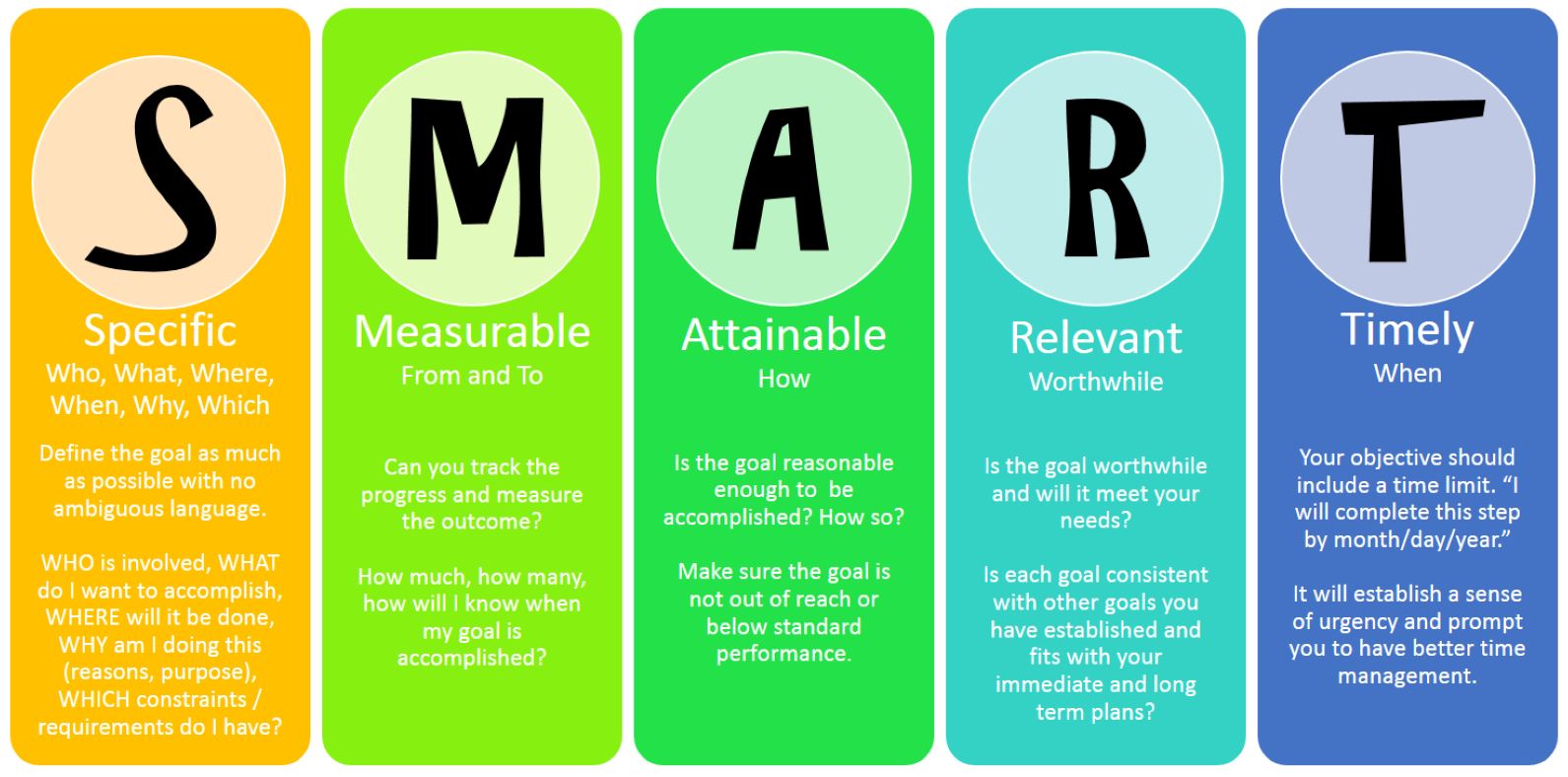I wrote this article for a local magazine in Kincardine Ontario but I figured it would be a fun and super useful first blog post…please read and I hope you enjoy….
Ready-to-go snack foods are a staple in our busy society.
School lunches, sports practice, busy work days and other on-the-run activities make it easy for the snack industry to promote their products. But have you stopped to read food labels and consider what additives or nutrients are in these foods?
Sugar, structurally, is a carbohydrate, which adds a deliciously sweet flavor to our foods, but it also provides energy to the body in the form of calories without providing other nutritional benefits. Dietitians like to call these foods ‘energy dense but nutrient poor.’ Let’s stop for a moment though, before we frantically start reading every label for the sugar or carbohydrate content, because sugar is found naturally in products which are healthy and full of nutrients like protein, vitamins and fibre. Dietitians like to call these foods ‘nutrient dense’.
Added sugars are the sugars we need to be aware of and try to limit in our everyday diet as much as possible.
Sources of Added Sugars
These hide in ingredient labels under names such as glucose, fructose, dextrose, maltose, sucrose, brown sugar, honey, corn syrup, maple syrup, molasses, fruit puree, fruit juice and so fourth.
Added sugar are basically sugars found where they would not normally be. Sugar is added to these products for flavor , particularly in foods labelled ‘low fat’ and for preservation purposes in boxes or canned foods.
Decreasing Sugar Intake
Going forward, it is important to know how we can reduce these food sources in our diet. Decreasing sugar intake in both children and adults has been linked with lower rates of dental issues (cavities/tooth decay), overweight and obesity, insulin resistance and hyperactivity to name a few.
Enjoying a variety of foods in their natural form-fresh or frozen fruits and vegetables, nuts, seeds, yogurt and milk-is a good way to start. Become familiar with labels and be aware of the following nutrition claims:
No added sugar- What this means is the product contains no added sugar such as glucose, fructose, honey or molasses. However, it may contain naturally occurring sugars such as those from fruit or dairy products.
Reduced or lower in sugar- This means the food contains at least 25% and 5 grams less sugar than the food to which it is compared, but how much sugar is in the original product? This does not mean that it is low in sugar, it is just lower compared to the original product, so keep that in mind.
Unsweetened- This means the food contains no added sugars or sweeteners such as aspartame or sucralose.
Sugar-free or sugarless- This means each standard serving contains less than 0.5 grams of sugar and less than 5 calories.
Recommended Sugar Intake
The World Health Organization posted new guidelines in 2015 for sugar intake. These guidelines suggest, “…Intake of free sugars (should be reduced) to less than 10 percent of total energy intake.” In practice, this number for the average 2,000 calorie diet looks like 50 grams or 12 teaspoons daily.
Key Tips For Healthy Snacking
So now we know what sugar is, where it can be found and how to avoid it. What are the key tips for healthy snacking?
-Limit sweets and sugar such as candy, jam, honey and syrup
-Choose fruit packaged in water or its own juice rather than syrup
-Limit chips, chocolate, cakes, donuts, and other sugary treats
-Remember that some drinks contain sugar. Juice and pop have 25-28 grams of sugar per cup. This is equal to about 6 teaspoons of sugar
-Choose water, milk, or sugar-free drinks when you are thirsty rather than juice or pop
-Choose high fibre foods most often. Examples are vegetables, fruit and whole grains like oatmeal, whole wheat bread and rye crackers
-Choose nutrient-dense snacks such as homemade trail mix
-Do not eat too much. Do not snack directly out of a bulk-sized box or bag. Instead, take one portion and eat it from a plate or a bowl
-Be prepared. Pack some healthy snacks in your lunchbox, at your desk, in your bag or in the car. You will be less likely to choose unhealthy snacks when you need one
.






